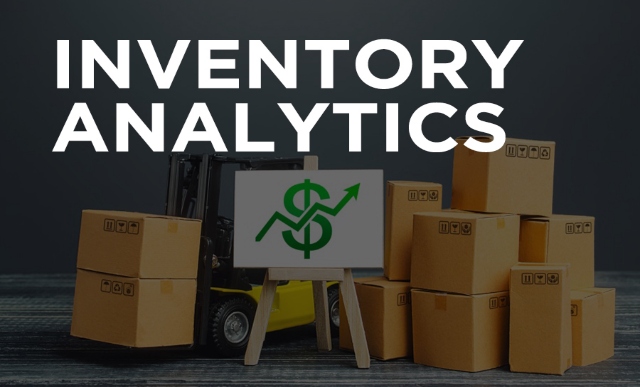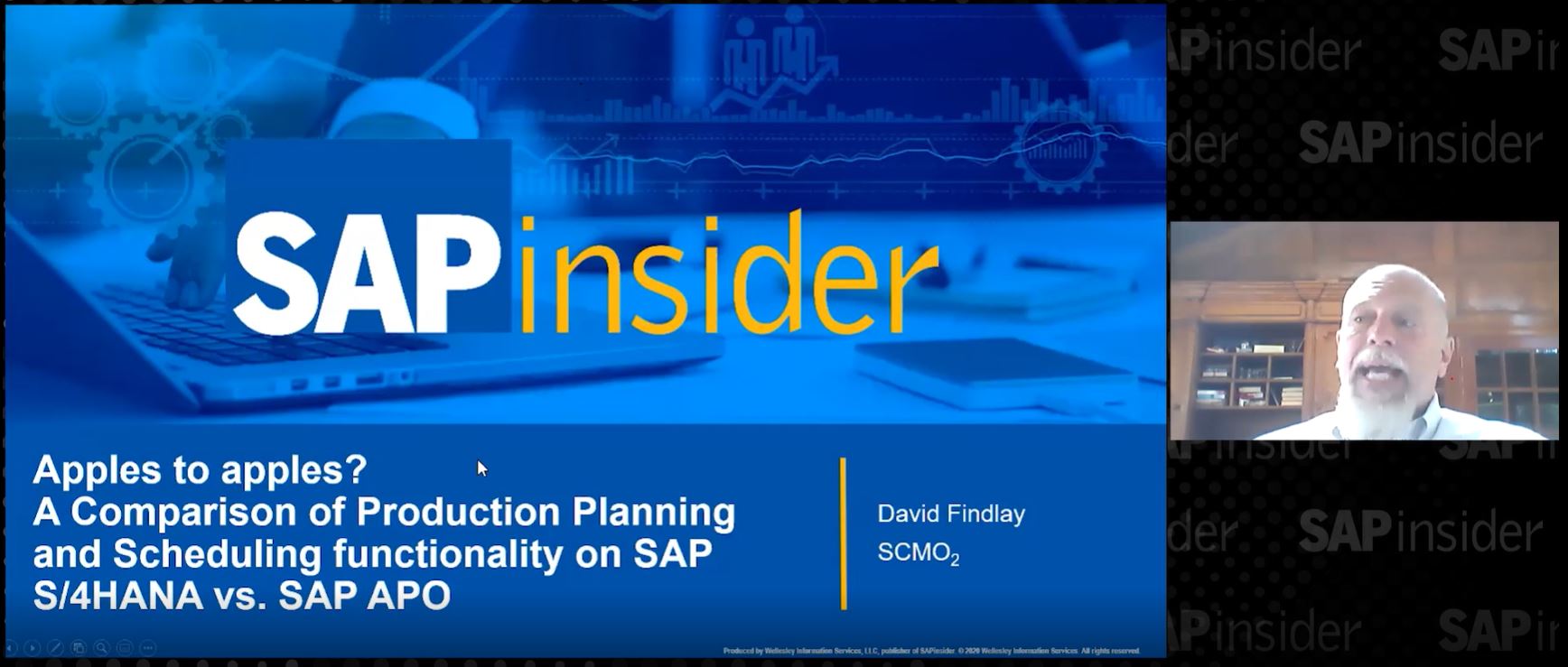Risk-resilient and sustainable supply chains with SAP Digital Supply Chain solutions
Meet the Authors
Key Takeaways
⇨ A risk-resilient supply chain anticipates, identifies, and responds to potential risks before they occur.
⇨ The key business priorities risk-resilient supply chains support are sustainability, synchronized planning, and Industry 4.0.
⇨ Building a risk-resilient supply chain demands connecting processes within the supply chain and across the business, contextualizing decisions and linking real-time operational and business data, and collaborating with the ecosystem to create digital connections.
As global supply chains have become increasingly complex and interconnected, they have become all the more vulnerable to a variety of risks and disruptions which might result in revenue loss or business failure. Any kind of disruption does not just empty the shelves, it causes a ripple effect throughout supply chains which affects businesses, consumers, and industries as seen in the case of the pandemic. As a result, organizations are now increasingly focusing on building risk-resilient and sustainable supply chains.
Narrowly focused improvements exacerbate the problem of silos and disconnection, historically focused data constricts decision-making, and internally focused strategies overlook critical collaboration. A risk-resilient supply chain anticipates, identifies, and responds to potential risks before they occur.
The key business priorities risk-resilient supply chains support are:
Sustainability
- Use critical materials, energy consumption, and emissions data to eliminate waste and make sustainable design decisions.
- Work with suppliers to balance deliveries and reduce waste from obsolete/excess inventory.
- Keep all your assets running efficiently to minimize energy consumption and emissions.
- Work with supply chain partners and service providers to optimize technician travel time and reduce emissions.
Synchronized planning
- Run accurate simulations using production, asset, and logistics data to balance inventory and service levels with profitability.
- Connect demand, supply, and inventory planning to allocate resources, reduce downtime and disruptions, and increase customer satisfaction.
- Develop sales and operations plans together to help hit your topline, protect your bottom line, and take better care of customers.
Industry 4.0
- Transform how you work by connecting engineering, manufacturing, logistics, maintenance, and service.
- Move to a data-driven business by embedding advanced technology into processes and improving productivity and agility in industrial environments.
- Standardize and scale by running consistent processes across global operations with cloud and edge computing.
But building a risk-resilient supply chain demands a different approach. SAP’s digital supply chain solutions and approach on building risk-resilient and sustainable supply chains emphasize on:
- Connecting processes within the supply chain and across the business by:
- Accelerating product delivery and revenue generation by eliminating disconnects.
- Forecasting potential supply, inventory, and operational challenges to minimize interruptions and meet customer requirements.
- Establishing iterative feedback mechanisms to foster ongoing enhancement.
- Implementing sustainable practices to consistently lower emissions and minimize waste.
- Contextualizing decisions and linking real-time operational and business data together throughout the work process by:
- Offering visibility into the implications throughout the supply chain to prevent additional costs and delays.
- Utilizing intelligent technology to transform the application of real-time data in everyday choices.
- Ensuring transparency about sustainability to guide strategies and monitor objectives.
- Collaborating with the ecosystem to create digital connections with partners by:
- Gaining complete transparency into partner capabilities and efficiency for precision planning.
- Collaborating with partners to guarantee timely and complete deliveries.
- Strategically identifying and approving partners to swiftly adapt to changing circumstances.
- Collaborating with partners to meet sustainability standards.
Building risk-resilient and sustainable supply chains is becoming increasingly important for organizations that want to succeed in today’s global marketplace. This requires a holistic approach to supply chain management that focuses on collaboration, technology, and culture, as well as a commitment to sustainability and risk management. By adopting these strategies, organizations can create more resilient, sustainable, and responsible supply chains that deliver value to their customers, while also contributing to a more sustainable future for all.
This article is curated from the session on ‘A Risk-Resilient and Sustainable Supply Chain’ presented by Mindy Davis, Vice President, Global Marketing, SAP Digital Supply Chain at SAP at SAPinsider Las Vegas 2023 event.
Access the presentation here.









